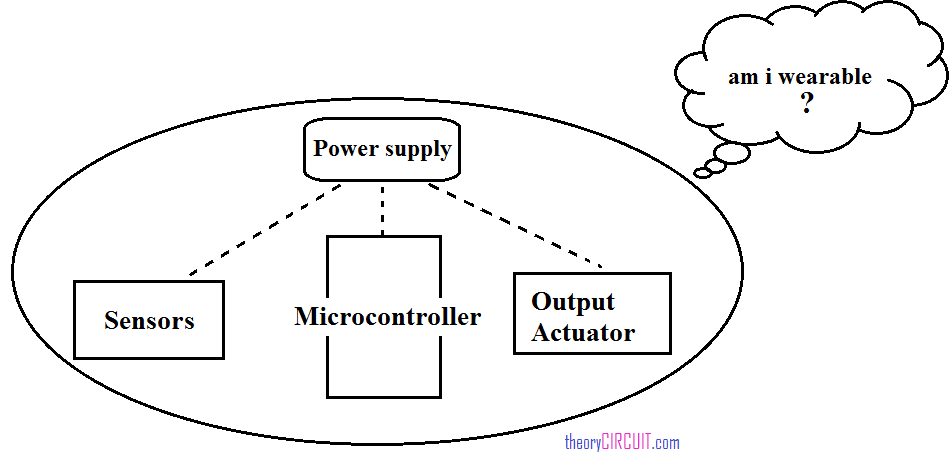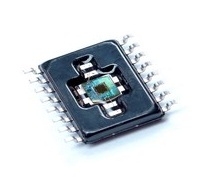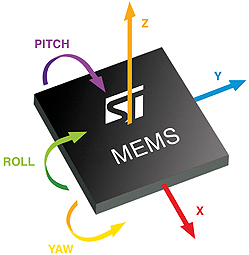Last Updated on March 31, 2024
Wearing electronic gadgets started from the past couple of decades, yes that is wrist watches, hearing aids and more. After the invention of Microprocessor, low power small size Integrated circuits and components wearable electronics with additional features for sophisticated life gets its fast track in this decade.
To make wearable electronics as more interactive with physical world the sensors from MEMS (Micro Electro Mechanical System) technology helps a lot. The surface mound devices (SMD) also helpful to make very compact wearable electronics.

Brain of Wearable Gadgets
For every wearable electronic gadgets the microcontroller chip will be act as brain, and it takes data from the sensors and manipulates the data acording to the embed program and controls output actuators.
To choose the micro controller for the wearable electronic project as the following questions yourself,
- How many input pins need?
- How many output pins need?
- What is the power source to be used and Voltage current rating ?
- What is the Programming way of microcontroller?
- What is the processing bit size?
- What are the internal transducers?
Choose the right microcontroller to satisfy the above questions.
Sensors for Wearable Electronics
Sensors are plays important role in wearable devices, different kind of physical sensing need depends on the purpose of wearable device, here the sensors are converts physical quantity into corresponding electrical quantity. The sensor category may listed as,
- Inertial measurement units (Accelerometers, Gyroscopes, Magnetometer, Barometers)
- Temperature sensors.
- Optical sensors (Camera, optical heart rate monitoring)
- Microphones.
- Flexible stretch / pressure / impact sensor.
Power supply for Wearables
Power supply is essential to operate electronic components, for wearable electronic device we cannot use traditonal power sources. Because the wearable devices needs small size, long duration battery, here some suggestions given for power source,
- Coin cell battery (CR2032)
- Polymer lithium – Ion battery (1000 mAh)
- Polymer lithium – Ion battery (110 mAh)
- AAA size Alkaline battery (750 mAh)
- 12V 23A Alkaline battery
- Small size solar cells.
Protection
Not like ordinary electronic gadgets the wearable needs extra protection from the environment condition because if a person wears the device he may head out in rain, cold, hot or dusty condition so that these things should not affect the wearables.
Where to wear?
Depends on the purpose and design of wearable device it can be placed in clothing, Accessories or body parts. Here some list given for example
- Hat
- Eyeglasses
- Earbuds
- E-textiles – Clothing
- Wrist bands
- Jewelry
- Rings
- Ankle bands
- Shoes
Micro controllers For wearable electronics projects
http://blog.atmel.com/2015/02/11/a-look-at-some-of-todays-wearable-microcontrollers/


